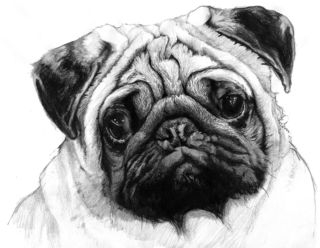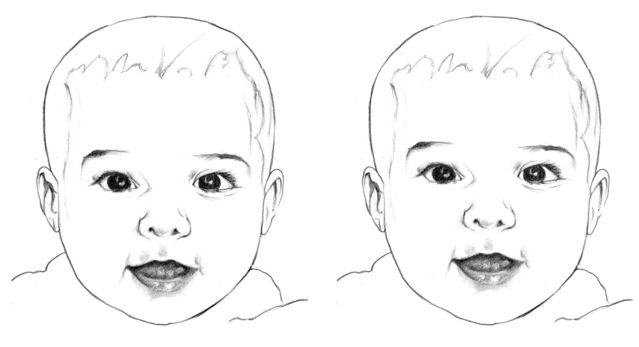Health
Are Dogs Getting Cuter?
Flat-faced breeds push our emotional buttons, but many suffer for their looks.
Posted August 7, 2017
Dogs with squashed muzzles – the brachycephalic breeds – are gradually becoming more popular on both sides of the Atlantic. In the UK, the French Bulldog, the (British) Bulldog and the Pug are all firmly ensconced in the top 10 breeds; in the U.S., both Bulldogs have been steadily rising up the rankings, reaching the 4th and 6th positions in 2016. A recent paper by Rowena Packer at the Royal Veterinary College in London and Mark Farnworth of Plymouth University suggests that this trend may be being driven by inexperienced owners who choose their dogs by their appearance rather than their reputation.

There seems little doubt that the appeal of these breeds rests firmly on their looks, which resemble human infants, due to their large eyes and foreheads, flat muzzles, rounded cheeks, short “chubby” limbs and soft elastic skin. Indeed, all of these breeds, and the Pugs especially, might have been designed using the “Kindchenschema” blueprint proposed by Konrad Lorenz to be the triggers of caring behavior in human mothers. Research has shown that both men and women are exquisitely sensitive to many of these features, with even small variations affecting the strength of the emotional reaction.

These features are adaptive in human babies, but not so much in adult dogs, which have been derived by selective breeding from an ancestor, the grey wolf, which has a very different head shape. Divorced from the restraining influence of natural selection, brachycephalic dogs have, to varying extents, a range of chronic health conditions which make it impossible for them to survive to old age without veterinary intervention, including: obstructed airways due to excessive skin folds in the throat and larynx; eye problems such as ulcers; congestion of the teeth, which have not shrunk in proportion to the jaws; and (as if all that wasn’t enough hardship) skin fold dermatitis. Although all of these have the potential to cause significant suffering as the dog ages, perversely some seem to actually appeal to owners, who at least anecdotally remark on the “cuteness” of their dogs' snuffly breathing or their barrel chests — caused by a lifelong struggle to take in enough air.
Organizations active in promoting the well-being of dogs have not held back in pointing out the extent to which many examples of these breeds suffer, especially later in life, and yet their popularity shows no sign of waning. Packer’s study sheds some light on the why: Brachycephalic breeds appeal mainly to younger, less experienced owners who rate appearance highly, and pay less regard to the general health of the breed, its working ability, and encouraging their owners to take exercise, which are the qualities which motivate owners who choose other popular breeds such as retrievers, spaniels, terriers, German shepherds.
Perhaps reflecting the way that younger people tend to acquire other possessions, the brachycephalic dogs in the study were more likely to be obtained through websites such as Gumtree and ePupz, were less likely to have been viewed with their mothers, and were often purchased from the first breeder a buyer visited.
Many of the dogs in the study were too young for their owners to have experienced the full impact — and consequent expense — of their pets' intrinsic health problems. Perhaps these will eventually win out: Another recent study, by Peter Sandøe’s group in Denmark, indicates that experiencing the suffering of an aging French Bulldog is a disincentive for some owners to go for the same breed next time.
Packer seems less than confident that the education of prospective dog owners is the answer, since so many seem to buy on impulse. Nor is voluntary restriction of breeding to extremes working: More than half of the brachycephalic dogs in her study were from UK Kennel Club registered breeders, and a previous study of hers had shown that many of these breeders have been producing dogs with dangerously shortened muzzles for years. Some breeds may be impossible to improve unless there is a change in the breed standard — the description that defines the “ideal” specimen. As one distinguished veterinary behaviorist once confided in me: “I love pugs. That’s why I don’t own one."
Facebook image: Isabelle OHara/Shutterstock


